A-Z Handbook on Teaching Introductory Programming
This book viewable online using the 'look inside' feature or purchased in hard copy provides a comprehensive guide to programming for all levels.
Additional details
| Year band(s) | 3-4, 5-6, 7-8, 9-10 |
|---|---|
| Format | eBook |
| Core and overarching concepts | Algorithms, Implementation (programming) |
| Keywords | Programming, events, data structures, Shuchi Grover, Computer Science, Guide, Tutorials |
| Organisation | Shuchi Grover |
| Copyright | © Shuchi Grover. May be subject to statutory licence fee. |
Related resources
-
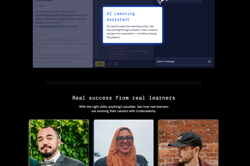
Codecademy
This site provides tutorials on web design tools. Requires free registration.
-
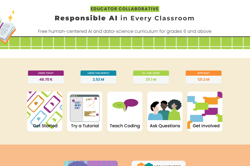
App Inventor EDU
Use this six week teaching program using a project based curriculum that allows students to explore the world of computer science through the creation of smartphone apps.
-
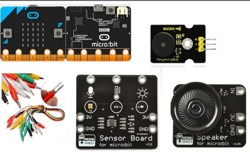
Classroom ideas: Micro:bit Environmental Measurement (visual and general-purpose programming) (Years 5-8)
Investigating environmental data with Micro:bits: This tutorial shows the coding needed for digital solutions of some environmental issues that can be created using pseudocode and visual programming.
-
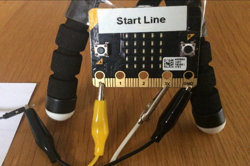
Creating a digital start line and finish line with micro:bits (Years 7-8)
The following activity suggests one-way Digital Technologies could be integrated into a unit where vehicles are being designed and produced.
-

DIY micro:bit metal detector (Years 5-6)
This activity shows one way to incorporate Digital Technologies into a goldfields unit in an authentic way using a micro:bit.
-
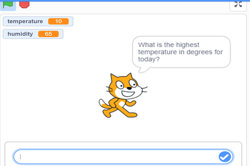
Visual programming with Scratch (Years 3-6)
This resource comprises a collection of sample activities that incorporate visual programming (Scratch) into teaching and learning programs.
-

Robots, data and computational thinking (Years 2-4)
This classroom resource comprises four worksheets to accompany a lesson on data and computational thinking. These materials are designed for teachers to use simple line-following robots (Ozobots) to engage students in the computational thinking process and working with data.
-
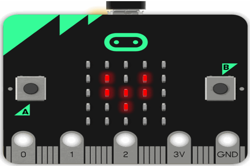
The Micro:bit Matters
In this article, Gary Stager introduces and explains the BBC micro:bit. He discusses pros and cons of the device, prices, compatible programs to use with it, resources to help understand the Micro:bit and other technological devices on the market.
